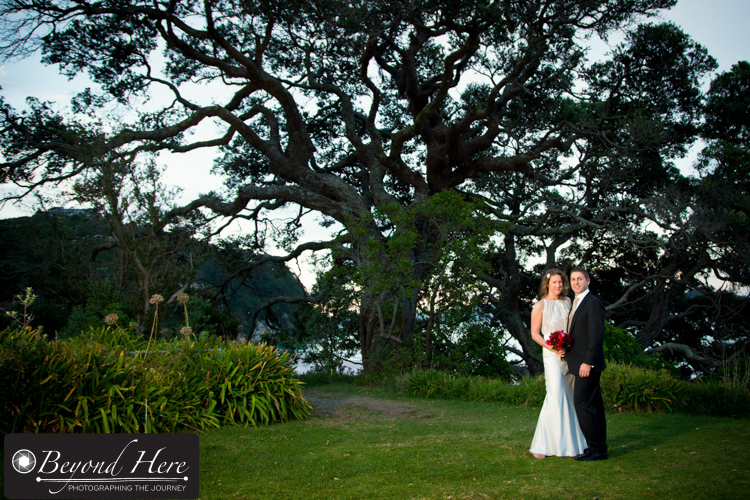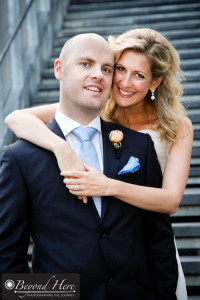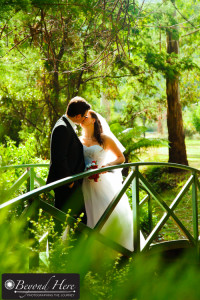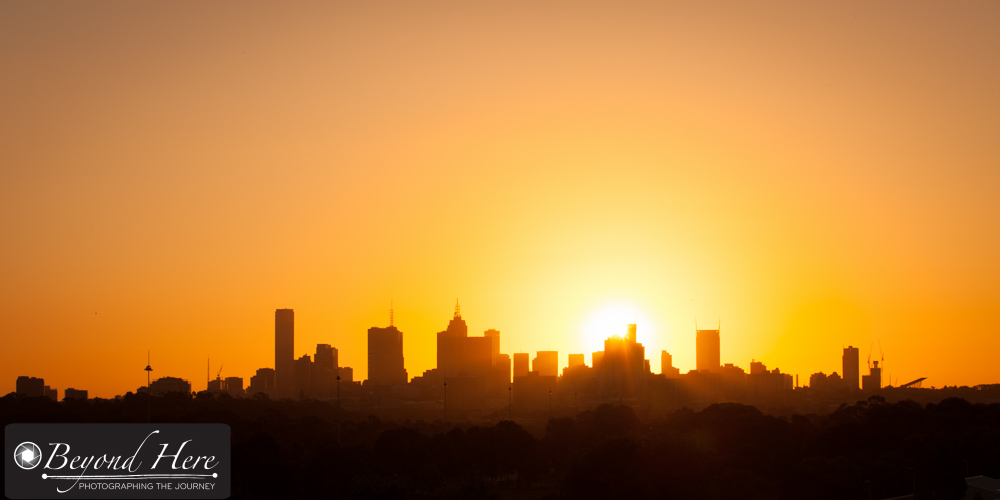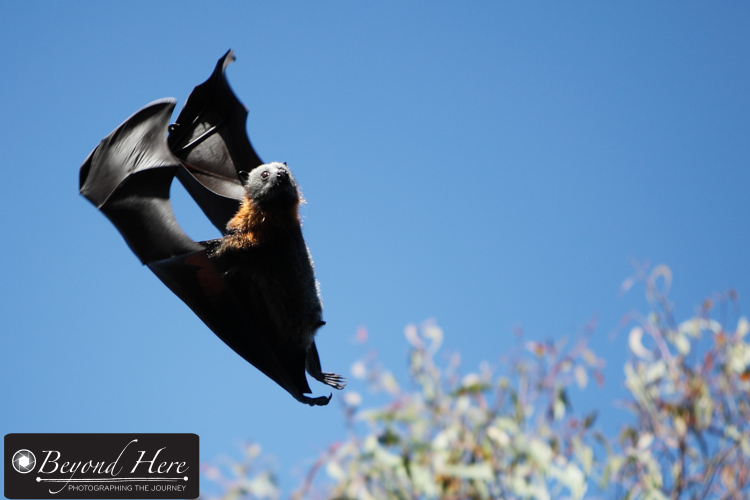Are you starting out in wedding photography and need some pointers? I have recently written two posts for people beginning in wedding photography. If you’d like to read those posts you can find them here.
Readers of those posts have asked me to add more tips for new wedding photographers – so here are 7 more tips for your first wedding photography job.
Tip #1 – Use Multiple Lenses. If you are shooting a wedding for the very first time, you possibly don’t have a wide range of camera bodies and lenses. If that’s the case, keep in mind that your images are going to have a level of ‘sameness’ about them if you only use one lens. You can’t expect a single lens to create a broad range of image types. So if you have limited gear, make sure you have at least 2-3 lenses on hand and that you have experience using them.
Tip #2 – Keep Cool and Calm, Manage Yourself. At a wedding, you will be judged on your behavior and the way you ‘carry yourself’. Only afterwards will you be judged on the images you produce. Every now and then you hear a wedding photographer horror story where guests say the photographer was rude or inconsiderate. Keep cool and calm. If you’ve just shot 6 horrible images in a row, nobody needs to know that. Remain calm and relaxed, position yourself and your subject and shoot the images again. Don’t panic, you are allowed to have plenty of ‘duds’ for your few ‘winners’. Make sure you present a calm, confident demeanor to guests. Keep cool. Keep calm. Manage yourself.
Tip #3 – Manage Your Clients Expectations. As well as managing yourself, you will be wise to manage your bride and grooms expectations. Agree with them in advance where you will be and when. And then be in the right place at the right time. I put special emphasis on making sure the bride knows what will happen to her wedding photos after the big day. I tell her how long it will be until I am in touch with her, and what I will need her to do then. Make sure she knows what the process and timeframe is. Then stick to the process and timeframe. Manage your clients expectations.
Tip #4 – Change Cameras Not Lenses. In Tip #1 I suggested you are going to need multiple lenses to create a variety of images. You should definitely have more than one camera body. There are two reasons this is critical. Firstly, if you only have one camera body you run the risk that if you have any technical fault with the camera, you will be standing watching the ceremony unable to take any images. So the first reason to have an extra camera body – it is insurance against anything going wrong. Secondly, with 2 cameras, you won’t need to be constantly changing lenses. Simply pick up your other camera body and shoot a different style of image. If you can’t justify buying a second camera body at this stage, borrow one from a friend. It is worth it. Change cameras, not lenses.
Tip #5 – Shoot Candids and Posed Images. When I speak to couples before the wedding, most of our discussions focus on the family formal pictures, the bridal party images, and the bride and groom images. We talk about style of image, location, and timings. We figure out the logistics of how to get between the locations. They are important discussions. When I present images to the bride and groom, more often than not, the ones that get the most emotional response are the candid images. Often it will be a moment, a hug, a facial expression. The couple normally can’t remember that exact moment until they see the image. Look for special moments and strong emotions. The mother of the bride crying, the bride embracing her grandmother, the grooms dad congratulating him with a bear hug. The raw emotion will be in the candid shots. Shoot both candid and posed images.
Tip #6 – Be Ready for Referral Opportunities. Weddings are a fantastic source of referrals for a photographer. At almost every wedding, I have people wanting to talk to me, either because they are photography enthusiasts or they have a photography need. Both can make for very interesting conversations. Take time to talk to people. Don’t brush them off because you are too busy or too stressed. Have your business cards in your shirt pocket, so if a wedding guest has a genuine photographic need, you can hand them a card and solve their problem. Be prepared. Weddings are a great source of referrals.
Tip #7 – Congratulate the Bride and Groom. What is the first thing you should do when you speak to the bride and groom after the ceremony? Is it to organize the family formals? Is it to ask where the best man is so he can assist you? Is it to ask what time the car will pick them up? No, it’s none of these! The first moment you get a chance, walk up to the bride and groom and say to them “Congratulations! That was a lovely ceremony.” It is a great thing to do and your clients will appreciate it. Human first, photographer second.
So there we are, 7 more tips for your first wedding photography job. Please let me know your comments by adding a comment to this post, or emailing me at craig@beyondhere.com.au And thanks to all the readers who emailed me after the first 7 tips.
If you’d like to automatically receive a weekly update from Beyond Here please sign up by adding your email address at the top of this page. Thank you for reading 7 more tips for your first wedding photography job.








